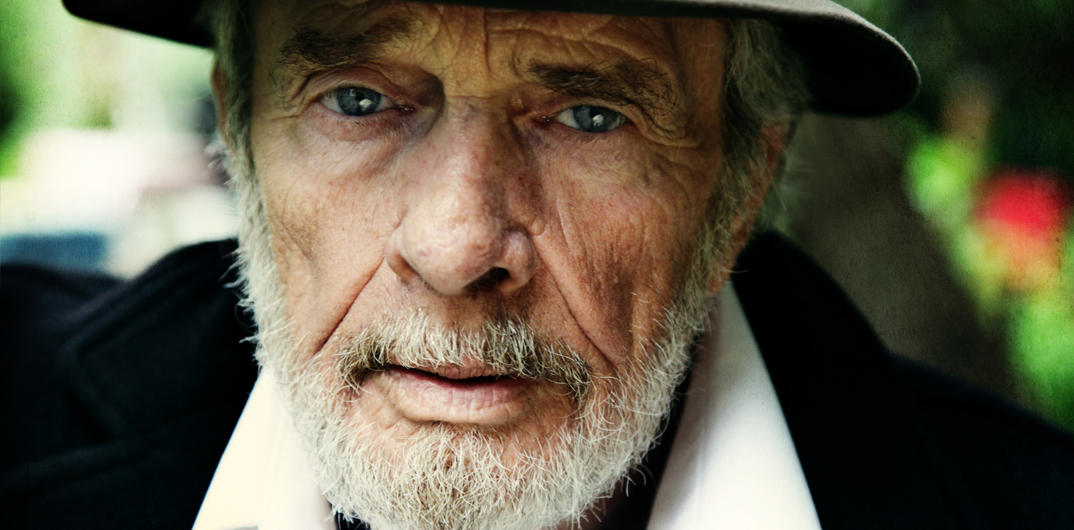407
NASHVILLE, Tenn. — Merle Haggard didn't just write great country songs, he lived them.
His real life experiences of poverty as the son of Oklahoma migrants, an early stint in prison and a life lived on the road gave his songs true grit when othe
Working man’s poet, Merle Haggard lived his life in song
previous post



